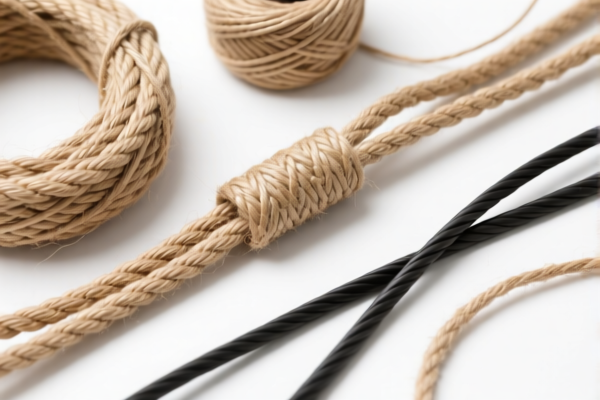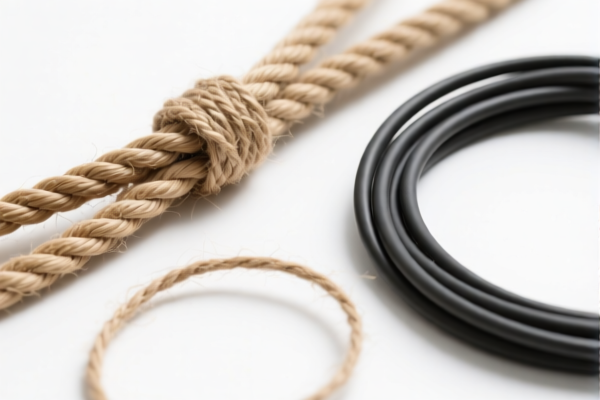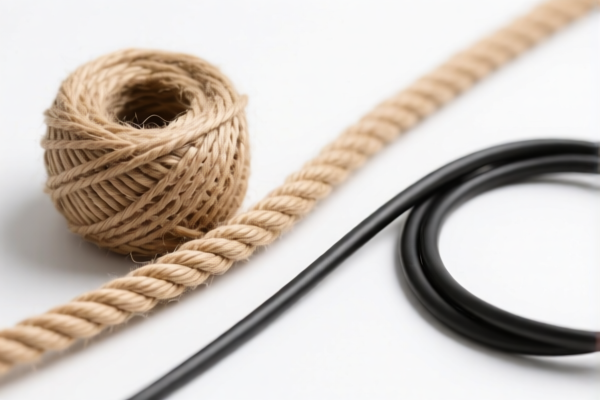| HS Code | Official Doc | Tariff Rate | Origin | Destination | Effective Date |
|---|---|---|---|---|---|
| 6217109550 | Doc | 52.1% | CN | US | 2025-05-12 |
| 4202329900 | Doc | 72.6% | CN | US | 2025-05-12 |
| 6307909891 | Doc | 37.0% | CN | US | 2025-05-12 |
| 7115906000 | Doc | 59.0% | CN | US | 2025-05-12 |
| 9021100050 | Doc | 30.0% | CN | US | 2025-05-12 |
| 9021100090 | Doc | 30.0% | CN | US | 2025-05-12 |




Okay, let's break down the HS codes provided for your "PORTABLE WRISTSTRAP" declaration. I'll explain each code, its meaning, and potential implications for customs clearance.
Understanding HS Codes: A Quick Primer
HS (Harmonized System) codes are internationally standardized codes used to classify traded products. They're crucial for determining tariffs, taxes, and import/export regulations. The first 6 digits are generally standardized globally, while the last digits can vary by country.
Here's a breakdown of each code you provided:
1. HS Code: 6217.10.95.50 – Accessories: Other: Other Other (859)
- 62: Articles of apparel and clothing accessories, not knitted or crocheted. This broadly covers clothing items and accessories.
- 17: Made up clothing accessories; parts of garments or of clothing accessories. This narrows it down to accessories and parts.
- 10: Accessories.
- 95: Other. This suggests the wriststrap doesn't fall into more specific accessory categories.
- 50: Other. Further specifies it's a miscellaneous accessory.
- Tax: Base Tariff: 14.6%, Additional Tariff: 7.5%, Post-April 2, 2025 Additional Tariff: 30%. Total Tax: 52.1%.
- Implication: This code is suitable if the wriststrap is a general clothing accessory, not specifically designed for medical or orthopedic purposes.
2. HS Code: 4202.32.99.00 – Articles of a kind normally carried in the pocket or in the handbag: With outer surface of sheeting of plastics or of textile materials: With outer surface of textile materials: Other: Other (871)
- 42: Articles of leather; saddlery and harness; articles of animal gut, of animal hair or of horsehair; articles of textile materials. This covers a wide range of articles made from these materials.
- 02: Articles of a kind normally carried in the pocket or in the handbag.
- 32: With outer surface of sheeting of plastics or of textile materials.
- 99: Other. This suggests it doesn't fall into more specific categories within pocket/handbag articles.
- Tax: Base Tariff: 17.6%, Additional Tariff: 25.0%, Post-April 2, 2025 Additional Tariff: 30%. Total Tax: 72.6%.
- Implication: This code is appropriate if the wriststrap is made of leather or textile materials and is designed to be carried in a pocket or handbag.
3. HS Code: 6307.90.98.91 – Other made up articles, including dress patterns: Other: Other: Other
- 63: Other made up textile articles; sets of textile articles.
- 07: Other made up articles, including dress patterns.
- 90: Other.
- 98: Other.
- 91: Other.
- Tax: Base Tariff: 7.0%, Additional Tariff: 0.0%, Post-April 2, 2025 Additional Tariff: 30%. Total Tax: 37.0%.
- Implication: This code is a broad category for textile articles not specifically classified elsewhere. It might be suitable if the wriststrap is primarily made of textiles and doesn't fit into other accessory categories.
4. HS Code: 7115.90.60.00 – Other articles of precious metal or of metal clad with precious metal: Other: Other: Other
- 71: Precious metals; precious stones; pearls; artificial stones; imitation jewelry.
- 15: Articles of precious metal.
- 90: Other.
- 60: Other.
- Tax: Base Tariff: 4.0%, Additional Tariff: 25.0%, Post-April 2, 2025 Additional Tariff: 30%. Total Tax: 59.0%.
- Implication: This code is for wriststraps made of precious metals (gold, silver, platinum) or metal plated with precious metals.
5 & 6. HS Code: 9021.10.00.50 & 9021.10.00.90 – Orthopedic appliances, including crutches, surgical belts and trusses; splints and other fracture appliances; artificial parts of the body; hearing aids and other appliances which are worn or carried, or implanted in the body, to compensate for a defect or disability; parts and accessories thereof: Orthopedic or fracture appliances, and parts and accessories thereof
- 90: Instruments and appliances which are used in surgery, dentistry, medical, veterinary, etc.
- 21: Orthopedic appliances.
- 10: Orthopedic or fracture appliances.
- 00: Other.
- Tax: Base Tariff: 0.0%, Additional Tariff: 0.0%, Post-April 2, 2025 Additional Tariff: 30%. Total Tax: 30.0%.
- Implication: Crucially, these codes are only appropriate if the wriststrap is specifically designed and marketed as a medical device to support, correct, or treat a medical condition. If it's simply a fashion accessory or for general support, do not use these codes.
Recommendations & Next Steps:
- Material Composition: What is the wriststrap primarily made of? (Leather, textile, metal, plastic, etc.). This is the biggest factor in choosing the correct code.
- Functionality: Is it a general accessory, or is it designed for medical support/correction?
- Intended Use: How is it marketed? (Fashion, medical, sports, etc.).
- Certification: If you are using codes 9021.10.00.50 or 9021.10.00.90, you will need to provide medical device certifications and documentation.
- Value Declaration: Ensure the declared value is accurate. Customs may scrutinize values.
- Post-April 2, 2025 Tariffs: Be aware of the upcoming tariff changes.
Disclaimer: I am an AI and cannot provide definitive customs advice. This information is for guidance only. It is always best to consult with a licensed customs broker or your local customs authority for accurate classification and compliance.
Customer Reviews
I really appreciated the clear explanation of the 7115906000 HS code for metal wriststraps. The breakdown of the digits and tariff rates was exactly what I needed for my import documentation.
The page has a lot of information, but I found it a bit overwhelming. It would be better if the most relevant HS codes were highlighted first, especially for beginners.
The information on HS Code 9021100050 was helpful, especially the note about needing medical certifications if it's classified as a medical device. Good to know for accurate declarations.
Great breakdown of HS Code 6217109550 for portable wriststraps. The detailed explanation of the tariff rate and classification made it easy to understand for export planning.